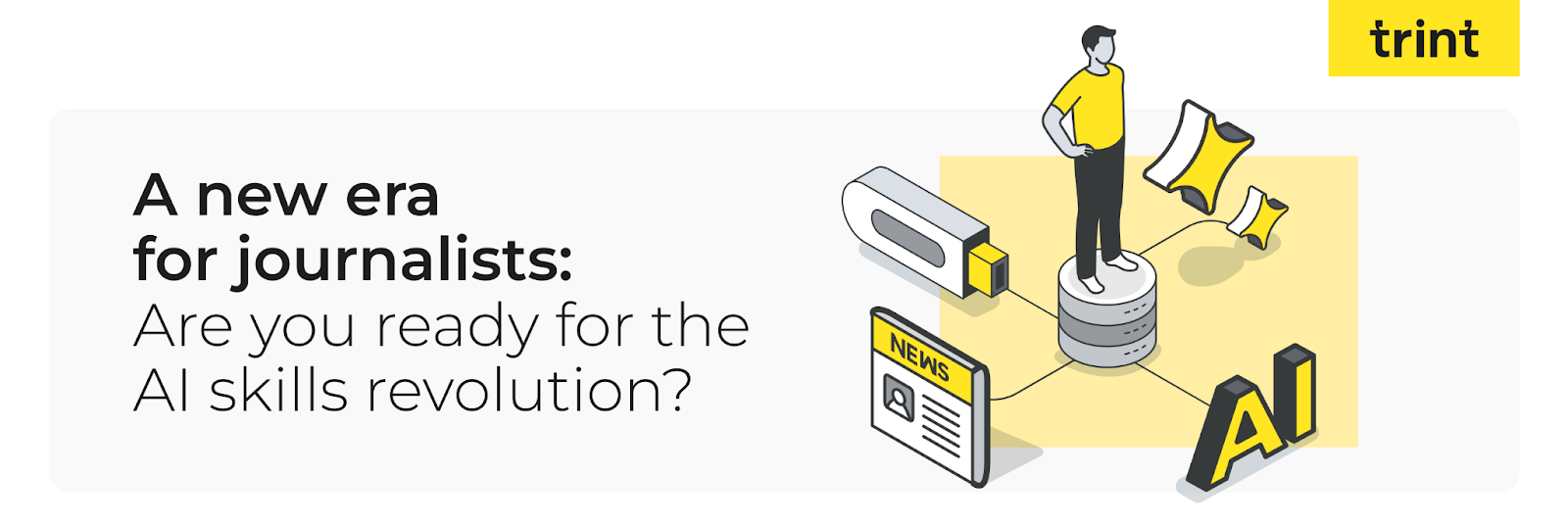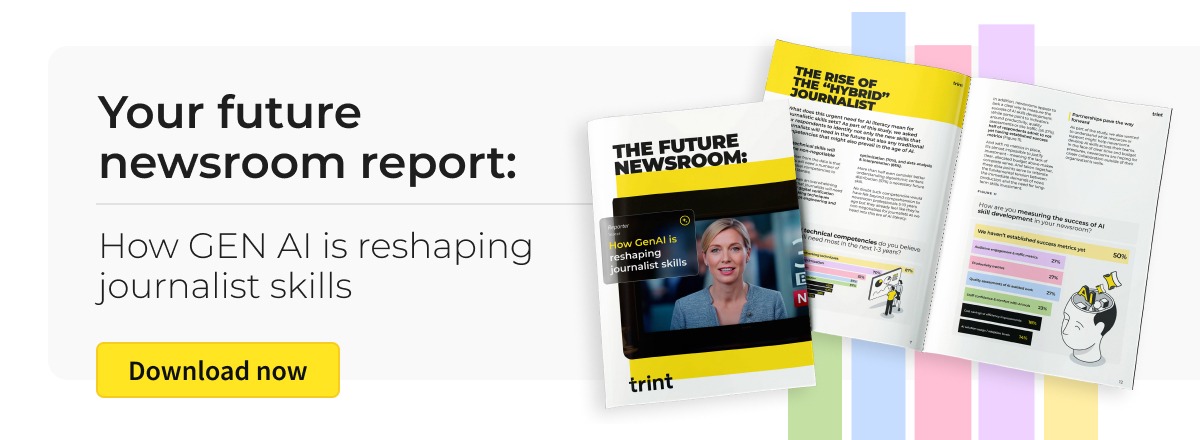
The news industry has always been at the forefront of change, from the printing press to the 24-hour news cycle, constantly adapting to new technologies and audience expectations. But the rise of generative AI presents a new, significant wave of change, and the questions it raises are profound: what does the future of journalism look like, and what skills will journalists need to succeed in this new era?
We set out to answer these questions by speaking with 23 newsroom professionals and leading academics worldwide, with the goal of moving beyond the hype to provide a clear, data-driven understanding of how generative AI is influencing the very fabric of the newsroom. What we found reveals a surprising paradox to how newsrooms and journalists are approaching AI skills.

Our brand new report, THE FUTURE NEWSROOM: How GenAI is reshaping journalist skills, shows that while newsrooms are already actively experimenting with AI, their adoption remains cautious and limited, focused more on efficiency than on a groundbreaking transformation. This quiet adoption is in stark contrast to the overwhelming consensus that AI literacy will be crucial for all journalists in the coming 1-3 years. This suggests the dam is about to burst, and that the industry is on the precipice of a skills revolution.
The findings also highlight the emergence of a new breed of “hybrid journalist”, fluent in both traditional skills and new technical competencies. We've uncovered the essential new skills that journalists will need, from AI prompt engineering to digital verification and fact-checking. But even as new technical skills become non-negotiable, our data shows that traditional journalistic values like ethical decision-making and critical thinking will become more important than ever - which is driven by ongoing ethical concerns around generative AI.

But as we accept this new era of journalistic competencies, what’s clear is the strategic void in AI skills training across the industry. The majority of newsrooms lack a formal training program, and face significant time and budget barriers to developing one.
